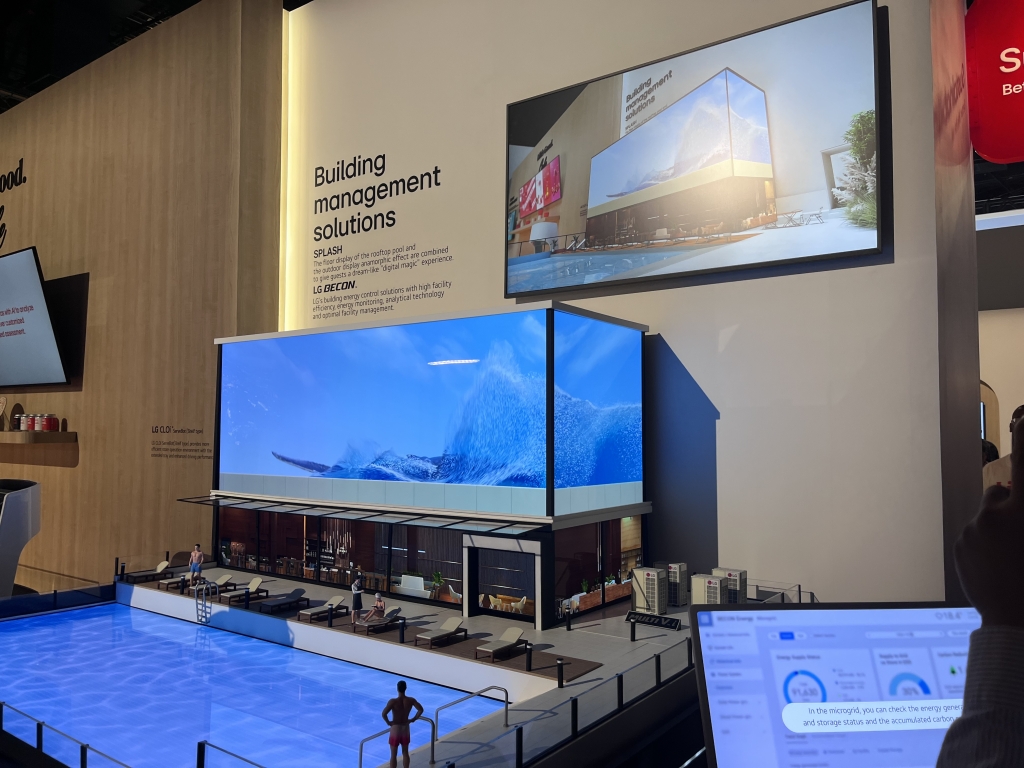Are you carefully preparing to enter the European market? Are you concerned that cultural barriers may compromise the effectiveness of carefully designed exhibition booths? Or due to a lack of understanding of local regulations leading to construction delays or fines? A successful European exhibition begins with precise and efficient booth design and construction. This article is written by a team of experts specializing in the field of European exhibitions, breaking down the core points of the entire process to help you avoid risks and maximize the return on investment for exhibitions!

1、 E uropean booth design and construction process: rigor and efficiency are key
European exhibitions are known for their rigorous organization and standardized requirements. Advance planning and professional execution are the cornerstones of success:
1.1. Deep communication and planning of requirements (6-12 months before the exhibition)
Clear goal: brand exposure? New product release? Order retrieval? The goal determines the design direction and functional layout.
In depth research: Thoroughly understand the scale, audience profile, competitor dynamics, and specific rules of the target exhibitions (such as the Hanover Fair in Germany and the Paris Building Materials Exhibition in France).
Accurate budget planning: Clearly covering all expenses including design, production, logistics, construction, labor, leasing, and newspaper reporting, with a reserve of 10-15% for emergency funds.
1.2. Creative Design and Scheme Confirmation (4-6 months before the exhibition)
Cultural Fusion Design: Top designers skillfully integrate the essence of your brand with local European aesthetic preferences (simplicity, environmental friendliness, strong interaction), color taboos, and avoid cultural conflicts.
Function oriented: Efficiently plan product display areas, negotiation areas, storage areas, and interactive experience areas to ensure smooth flow of people and achievement of commercial goals.
Material compliance first: The plan strictly selects designated materials that meet the EU’s strict fire rating (such as M1 level) and environmental standards (such as FSC certified wood) to avoid on-site rejection.
1.3. Professional Production and Lean Logistics (2-4 months before the exhibition)
Localized production advantages: Priority is given to builders with local factories in Europe to ensure precise and compliant processes with European standards, significantly reducing transportation distance and costs.
Customs clearance documents are foolproof: a professional team prepares a complete set of ATA documents, commercial invoices, certificates of origin, and material certificates in advance to ensure efficient customs clearance of exhibits and construction materials, eliminating the risk of detention.
1.4. On site construction and perfect presentation (3-5 days before the exhibition)
Double entry guarantee: Ensure that the construction team holds the necessary B1/B2 safety qualification certificate in Germany, which is a hard pass for entering the construction site.
Efficient and precise construction: An experienced team of local European workers familiar with the exhibition hall’s flow and facility interfaces (electricity, network, water supply and drainage), strictly following the drawings for construction, ensuring zero errors and timely delivery.
Final debugging and acceptance: Fine tuning of lighting, AV equipment, and exhibit display to achieve the best display state.
1.5. Demolition and green treatment after exhibition (1-2 days after exhibition)
Quick and orderly dismantling: efficiently dismantle and package according to the exhibition hall’s designated time.
Environmental disposal commitment: prioritize the recycling and reuse of materials, handle waste in compliance, and practice sustainable development.
2、 Conquering European exhibitions: Blood and tears of experience forge the rules of success
Countless companies have exchanged real money for European exhibition wisdom:
2.1. Pain point hit: “Once missed important orders due to overly fancy design that did not match the preferences of German customers!” – Head of a machinery export enterprise.
2.2. Experience: “Failure to confirm the height limit of the Hamburg Pavilion in advance resulted in the forced removal of the top of the special decoration, causing heavy losses!” – Manager of a consumer electronics brand.
3. Authoritative advice (European Exhibition Association data): Over 60% of exhibitors believe that choosing a construction partner who is familiar with local rules and has European construction qualifications is the most critical factor for success.
4. Core strategy:
The localization team is at the core: a team with zero time difference in communication and a deep understanding of local regulations and culture can clear 90% of potential obstacles for you.
Time management is the lifeline: European processes are interconnected, and it is essential to reserve sufficient buffer time to deal with unexpected situations.
Details determine costs: Accurately measure the booth in advance, confirm all facility interface requirements, and avoid on-site rush charges.
Summary: Professional escort, European business opportunities within reach
The European market has enormous potential, but efficient and compliant booth landing is the first step towards achieving business goals. From precise planning and culturally integrated design, to production that meets strict standards, seamless logistics, and professional construction with local qualifications – every step requires proactive professional support.
 JOINEXPO Exhibition Construction Company
JOINEXPO Exhibition Construction Company

